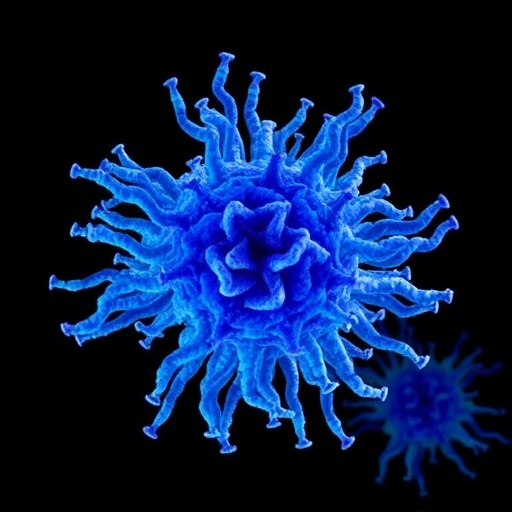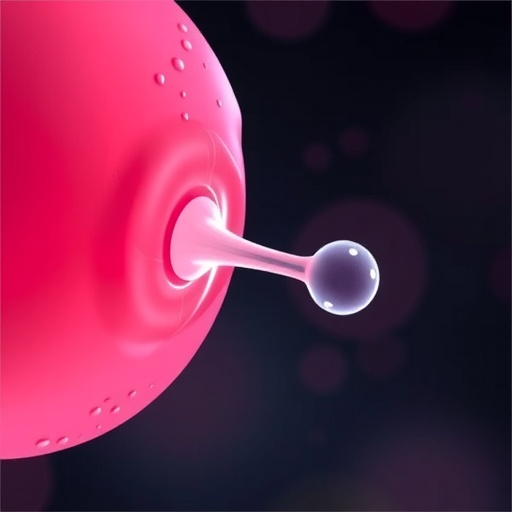Body parts respond to day and night independently from brain, studies show
Irvine, Calif., May 30, 2019 – Can your liver sense when you’re staring at a television screen or cellphone late at night? Apparently so, and when such activity is detected, the organ can throw your circadian rhythms out of whack, leaving you more susceptible to health problems.
That’s one of the takeaways from two new studies by University of California, Irvine scientists working in collaboration with the Institute for Research in Biomedicine in Barcelona, Spain.
The studies, published today in the journal Cell, used specially bred mice to analyze the network of internal clocks that regulate metabolism. Although researchers had suspected that the body’s various circadian clocks could operate independently from the central clock in the hypothalamus of the brain, there was previously no way to test the theory, said Paolo Sassone-Corsi, director of UCI’s Center for Epigenetics and Metabolism and senior author of one of the studies.
To overcome that obstacle, scientists figured out how to disable the entire circadian system of the mice, then jump-start individual clocks. For the experiments reported in the Cell papers, they activated clocks inside the liver or skin.
“The results were quite surprising,” said Sassone-Corsi, Donald Bren Professor of Biological Chemistry. “No one realized that the liver or skin could be so directly affected by light.”
For example, despite the shutdown of all other body clocks, including the central brain clock, the liver knew what time it was, responded to light changes as day shifted to night and maintained critical functions, such as preparing to digest food at mealtime and converting glucose to energy.
Somehow, the liver’s circadian clock was able to detect light, presumably via signals from other organs. Only when the mice were subjected to constant darkness did the liver’s clock stop functioning.
In upcoming studies, UCI and Barcelona researchers will phase in other internal clocks to see how different organs communicate with each other, Sassone-Corsi said.
“The future implications of our findings are vast,” he noted. “With these mice, we can now begin deciphering the metabolic pathways that control our circadian rhythms, aging processes and general well-being.”
In earlier studies, Sassone-Corsi has examined how circadian clocks can be rewired by such factors as sleep deprivation, diet and exercise. Exposure to computer, television or cellphone light just before bed can also scramble internal clocks.
Because of modern lifestyles, it’s easy for people’s circadian systems to get confused, he said. In turn, that can lead to depression, allergies, premature aging, cancer and other health problems. Further mice experiments could uncover ways to make human internal clocks “less misaligned,” Sassone-Corsi added.
###
Other UCI researchers involved in the studies included Kevin B. Koronowski, Jacob G. Smith, Muntaha Samad, Siwei Chen, Christophe N. Magnan and Pierre Baldi. The work was supported by the National Institutes of Health, the Novo Nordisk Foundation, the Defense Advanced Research Projects Agency, Spain’s Ministry of Economy and Competitiveness, the European Research Council and the government of Catalonia, among other funding sources.
About the University of California, Irvine: Founded in 1965, UCI is the youngest member of the prestigious Association of American Universities. The campus has produced three Nobel laureates and is known for its academic achievement, premier research, innovation and anteater mascot. Led by Chancellor Howard Gillman, UCI has more than 36,000 students and offers 222 degree programs. It’s located in one of the world’s safest and most economically vibrant communities and is Orange County’s second-largest employer, contributing $5 billion annually to the local economy. For more on UCI, visit http://www.
Media access: Radio programs/stations may, for a fee, use an on-campus ISDN line to interview UCI faculty and experts, subject to availability and university approval. For more UCI news, visit news.uci.edu. Additional resources for journalists may be found at communications.uci.edu/for-journalists.
NOTE TO EDITORS, PHOTO AVAILABLE AT
https:/
Media Contact
Tom Vasich
[email protected]
Related Journal Article
https:/
http://dx.




